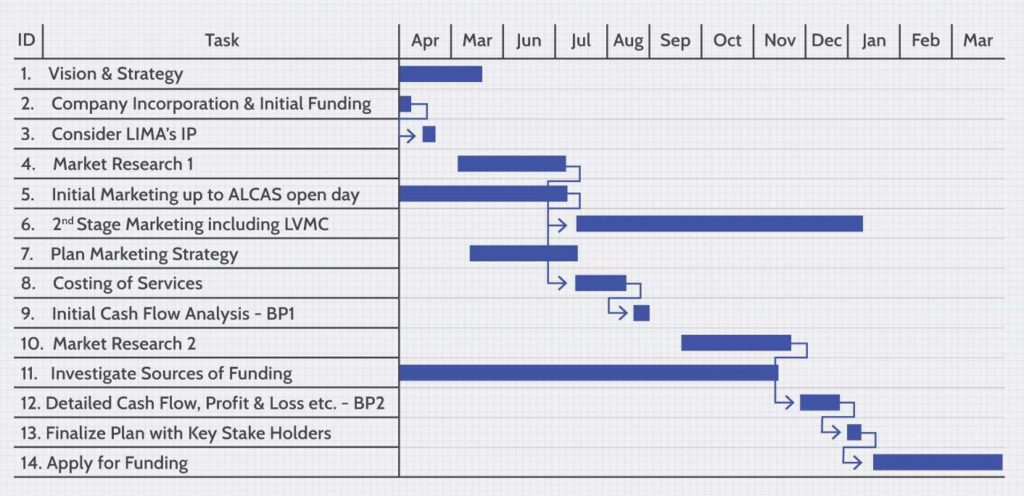In the business world, collaboration often leads to innovative ideas, increased market reach, and shared resources. One powerful way to collaborate is through a Joint Venture Agreement. This legal arrangement allows two or more parties to pool their resources, expertise, and efforts to achieve a common goal while maintaining their individual identities. In this article, we will delve deep into the intricacies of a joint venture agreement, understanding its key components, benefits, and potential challenges.
Joint Venture Agreements are strategic partnerships that allow businesses to combine their strengths for mutual growth. These collaborations can involve companies from the same industry or even different sectors, all with the aim of achieving synergistic benefits.
What is a Joint Venture Agreement
Definition and Purpose
A Joint Venture Agreement is a legally binding contract between two or more entities that outlines the terms and conditions of their cooperation. This agreement clarifies the roles, responsibilities, and contributions of each party, as well as the objectives they intend to achieve together.
Types of Joint Ventures
Joint ventures can take various forms, including equity joint ventures where partners invest capital, contractual joint ventures that involve sharing resources without equity, and joint ventures focused on specific projects or long-term collaborations.
Key Components of a Joint Venture Agreement
- Identification of Parties
The agreement should clearly identify the participating parties, detailing their legal names, addresses, and the roles they will play within the joint venture.
- Objective and Scope
Define the purpose of the joint venture and the scope of activities it will undertake. This section sets the direction and goals for the partnership.
- Resource Contributions
Outline the resources, whether financial, intellectual, or operational, that each party will contribute. This ensures a fair distribution of efforts and benefits.
- Responsibilities and Decision-Making
Specify the responsibilities of each party and how decisions will be made. Clarity in this area prevents conflicts and facilitates smooth operations.
- Termination Criteria
The termination clauses of the agreement are very important when one party want to exit from the agreement. Necessary clauses agreed by parties to the contract will be added.
- Dispute Resolution
Criteria for he disputes resolution and applicable law will be clearly specified the agreement.
Negotiating and Drafting a Joint Venture Agreement
- Defining Financial Contributions
Clearly define the financial obligations of each party, including the initial investment and any future funding requirements.
- Governance Structure
Establish a governance structure with details about the management team, decision-making processes, and the appointment of key executives.
- Dispute Resolution Mechanisms
Anticipate potential conflicts and establish mechanisms for resolving disputes, which could include arbitration or mediation.
Advantages of Joint Venture Agreements
- Risk Sharing
Partners share risks, allowing each to venture into new territories or projects with greater confidence.
- Access to New Markets
Joint ventures provide access to partner networks, opening doors to markets that might have been difficult to penetrate individually.
- Shared Expertise
Pooling diverse skill sets and knowledge enhances problem-solving and innovation, propelling the joint venture forward.
- Increase the Capacity
When applying for new projects, it is sometimes required to have certain skills and requirements in order to bid the project. Collaboration will enhance the specific needs.
Joint Venture Agreements offer a pathway for businesses to achieve growth, innovation, and expansion. When executed thoughtfully, they can harness the power of collaboration to unlock new opportunities that might have otherwise remained out of reach.
Disadvantages of Joint Venture Agreements
Joint venture agreements can offer various benefits, but they also come with several disadvantages. Some of the disadvantages of joint venture agreements include:
- Shared Control and Decision-Making
In a joint venture, decision-making authority is typically shared between the partners. This can lead to conflicts and disagreements, especially if partners have differing opinions on important matters, which could hinder the efficiency of the venture.
- Conflict of Interest
Partners in a joint venture might have their own individual goals and priorities, which can sometimes conflict with the objectives of the joint venture. This misalignment of interests can lead to disputes and hinder the overall success of the venture.
- Risk of Loss of Intellectual Property
Sharing proprietary information and intellectual property with a partner could potentially lead to leakage or misuse of sensitive data. Protecting intellectual property rights can be challenging in a joint venture agreement.
- Unequal Contributions
Partners might contribute different resources, such as capital, expertise, or assets, to the venture. If contributions are unequal, it can lead to perceptions of unfairness and resentment between partners.
- Coordination Challenges
Coordinating activities between different organizations with their own management structures, cultures, and processes can be complex and time-consuming. This might result in delays and inefficiencies.
- Exit Strategy Differences
Partners might have different views on when and how to exit the joint venture. Disagreements about exit strategies can lead to complications and disputes down the line.
- Legal and Regulatory Issues
Joint ventures often involve navigating complex legal and regulatory landscapes, especially if partners are from different jurisdictions.
- Lack of Full Control
Each partner might not have full control over the day-to-day operations of the joint venture. This can lead to frustration if decisions are made that the partner doesn’t agree with.
- Exit Barriers
Exiting a joint venture can be complicated and costly, especially if there are contractual obligations, shared assets, or ongoing commitments that need to be resolved.
- Dependency on Partner
The success of a joint venture can become dependent on the actions and decisions of the partner. If one partner fails to meet their commitments or encounters financial difficulties, it can negatively impact the entire venture.
Hope now it is clear what is joint venture agreement and what are the important facts on joint venture agreement.


